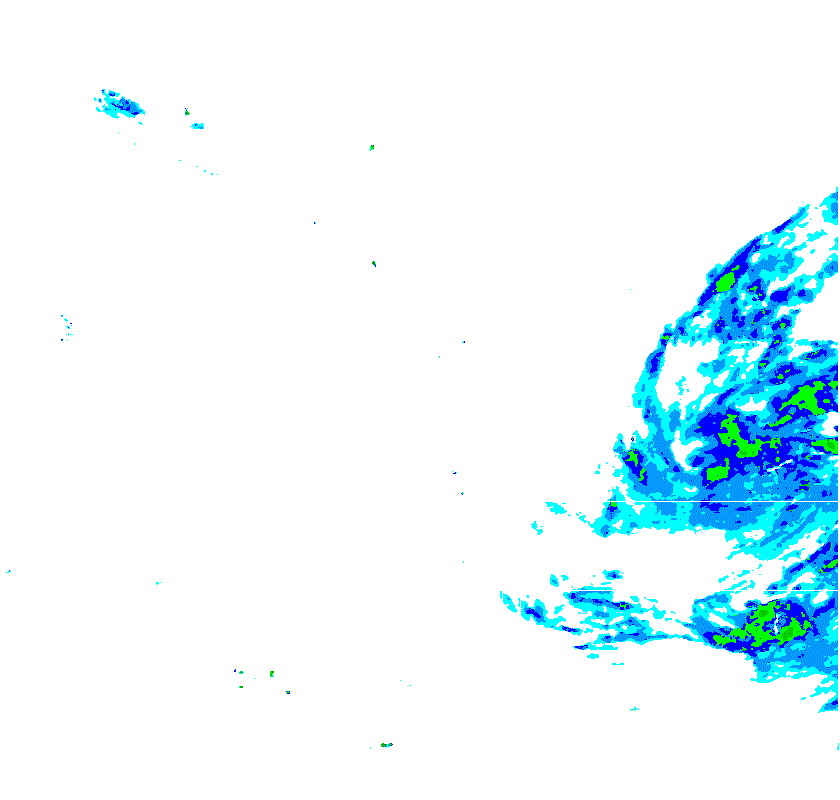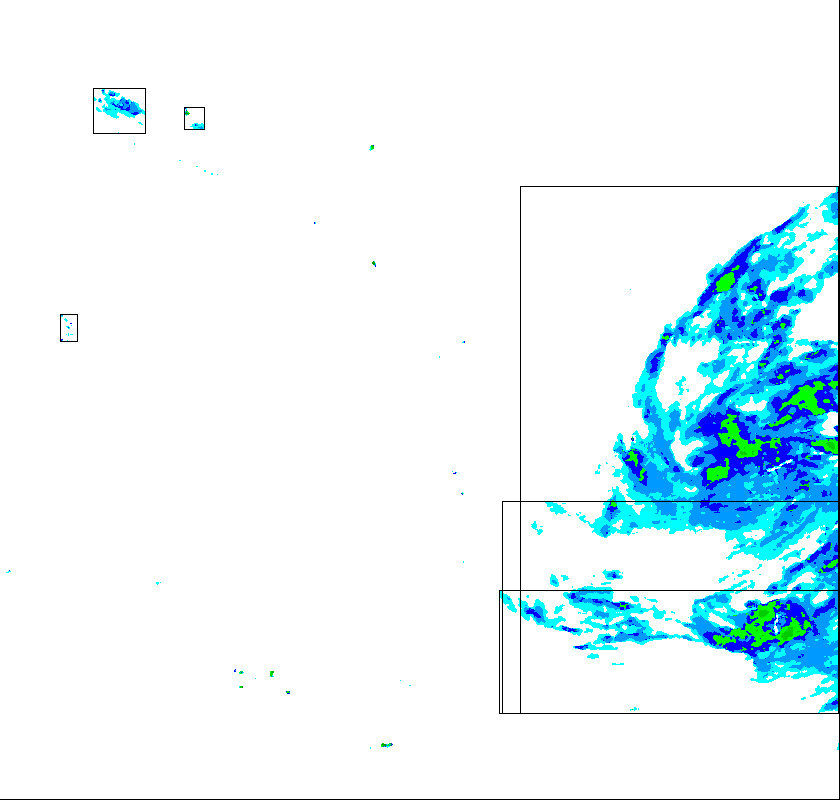Image Processing
Step One

The original image is similar to any old radar image you could find on weather.com, however, it has a lot of junk floating around. The stuff that has been circled are examples of junk that will be removed in the next step. Grey pixels and sprinkled pixels are perfect examples of junk; they could be anything: birds, clouds, leaves, maybe even drizzle but it can all throw our prediction off
Step Two

As you can see, we got rid of most of the junk. To do this, we applied a median filter as well as doing some general cleanup as the original image had some odd pixel data.
Step Three

The next step is predicting how a storm will move over a period of time, to do this we look at each of our touched up images, find where storm cells are at and box them. We then look at how boxes move and morph over time to predict where they will be in the future. These steps are repeated every twenty minutes, so we can make predictions in increments of 20 minutes, up to six hours!
Step Four

In this image, you can see a little target. This represents how we find the severity of a storm in the user's vicinity. Once we have the GPS coordinates all that is left is looking at a small radius around the user. In this case, all pixels were green which indicates light rain. This is reported to the phone, which will tell the user that there will be light rain in 1 hour.
